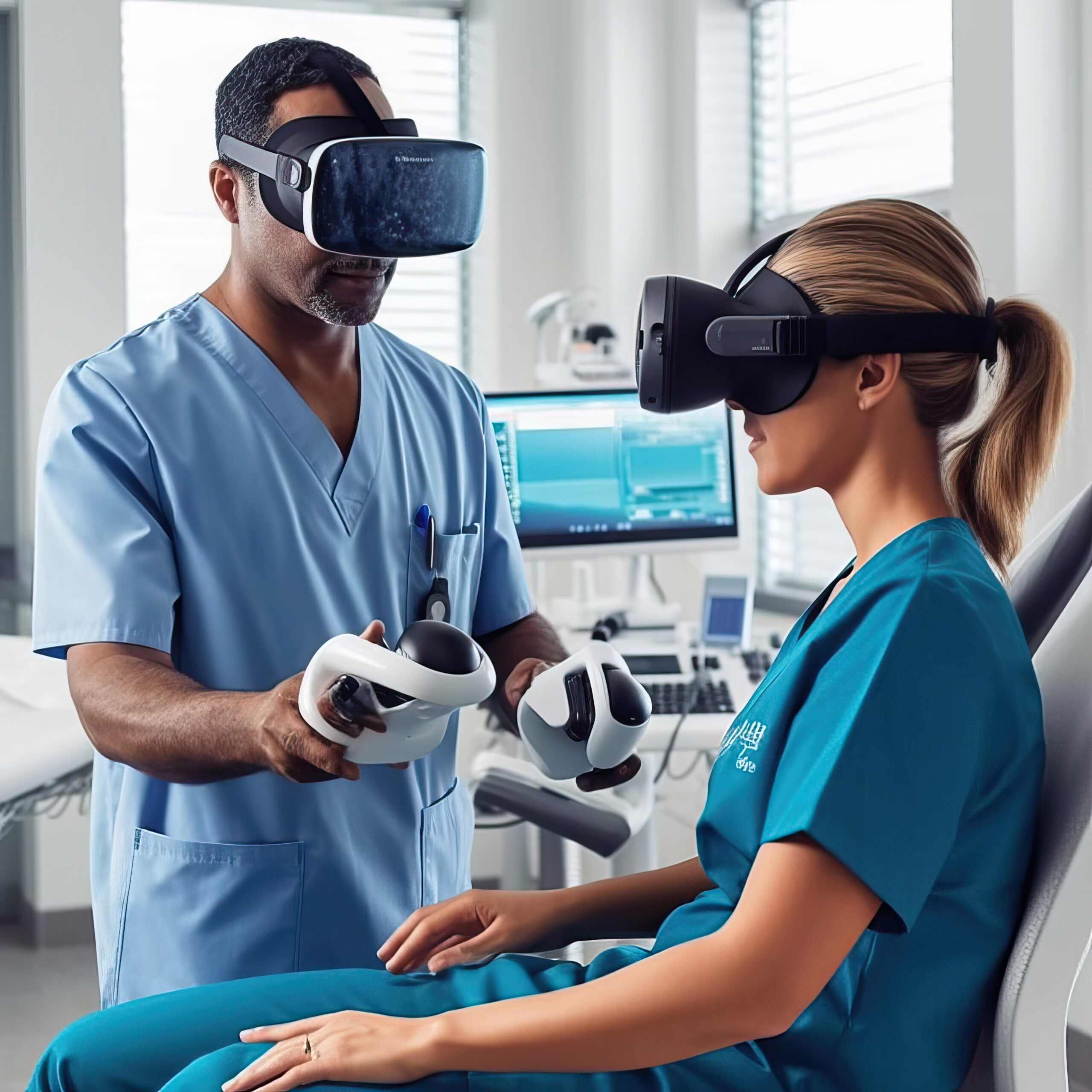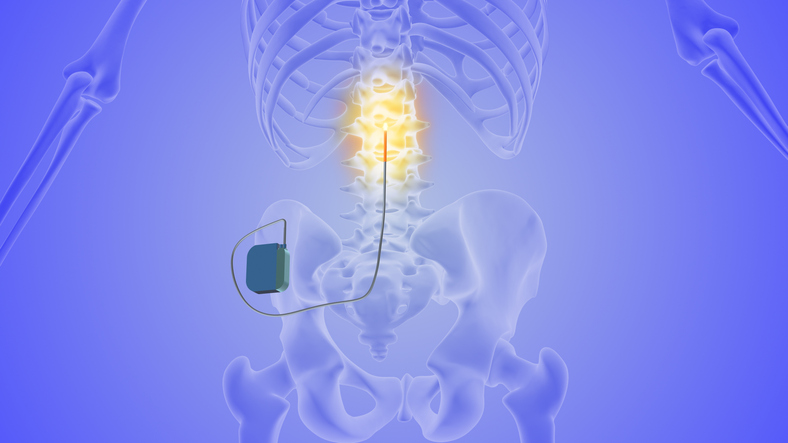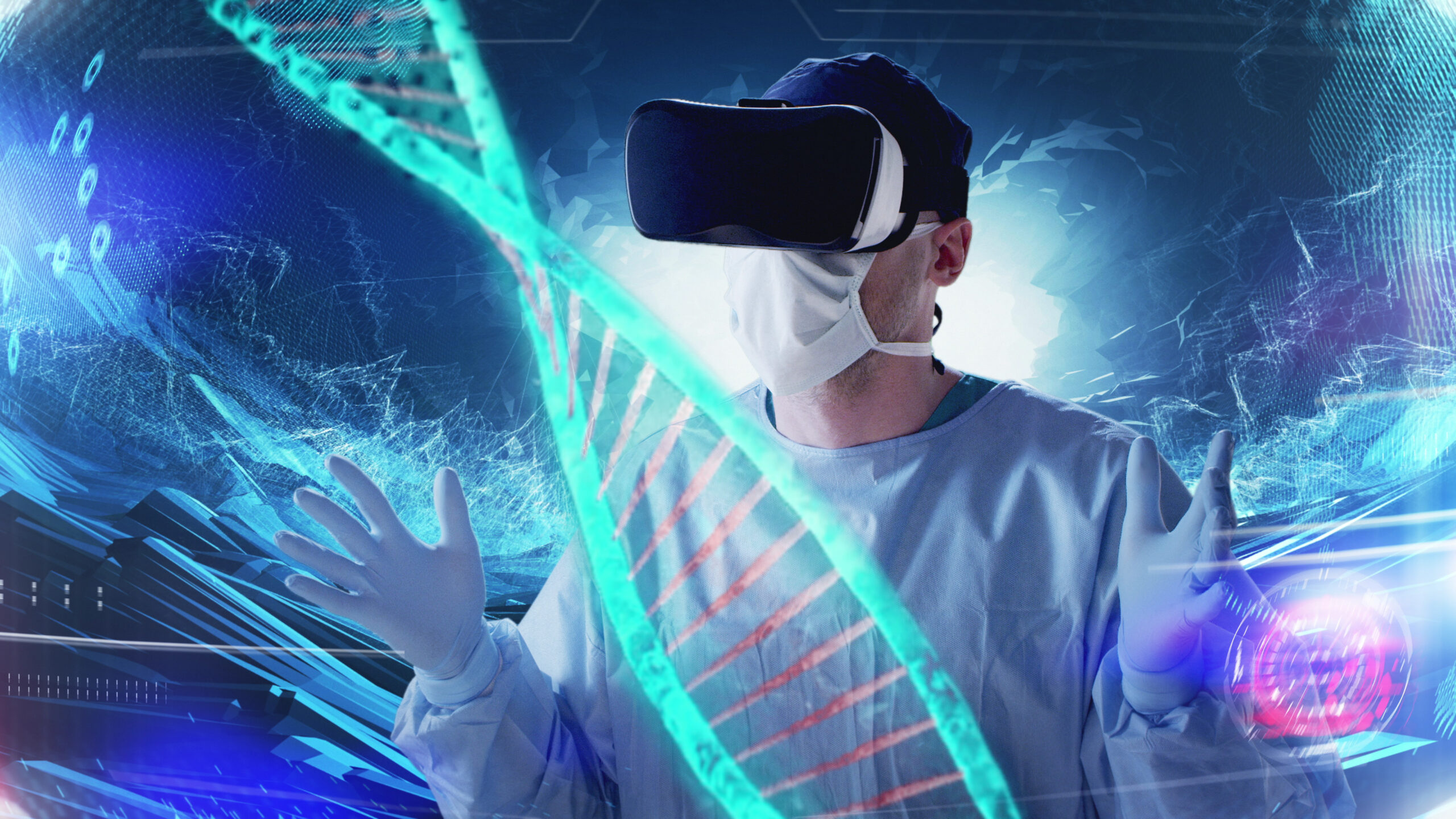Next-Generation Radiopharmaceuticals
The medical industry is in the midst of a revolution using next-generation radiopharmaceuticals and making use of advanced technology and innovative targeting strategies. These modern agents are better than traditional ones because they can infiltrate cells and tissues that were previously regarded as quite difficult to penetrate through mechanisms such as endocytosis and receptor-mediated uptake. Thus, radiopharmaceuticals have been an essential element in both diagnostic imaging and therapy for ages. This has made it possible for precision medicine to be transformed by the next generation of radiopharmaceuticals, offering more targeted, efficient, and safer solutions to wide-ranging medical conditions. Consequently, they greatly enhance the possibilities of medical diagnostics and therapies.
Next-gen radiopharmaceuticals provide superior imaging capabilities by targeting specific biological markers that facilitate accurate disease diagnosis processes and improve efficiency. Moreover, these drugs aim to treat only unhealthy cells with radiation, hence curtailing damage to normal surrounding tissues and enhancing healing rates. Theranostics combines diagnosis with treatment, thereby enabling personalized healthcare through the customization of treatment according to individual patient profiles. Targeted Diseases, these advanced radiopharmaceuticals have made significant impacts in various medical fields:
| Cancer Applications: Predominantly prostate cancer metastases and breast cancer |
| Neurological Diseases: Predominantly Alzheimer’s and Parkinson’s disease, a high number of clinical trials are currently reported |
| Cardiology: Radiopharmaceuticals are used for imaging, i.e., Myocardial perfusion imaging |
| Gastrointestinal Diseases: For imaging active inflammation in conditions like Crohn’s disease and Ulcerative colitis |
| Respiratory Conditions: Next-generation radiopharmaceuticals are imaging and targeting lung cancers |
| Other Conditions: Other conditions such as Diabetic, Endocrinology, Muscoskeletal Disorders, etc. |
Key primary advantages of advanced radiopharmaceuticals include:

- Several antigens can be targeted by these drugs, improving their diagnostic and therapeutic accuracies. The use of nanocarriers such as exosomes, among other novel delivery systems, improves targeting capabilities
- Longer half-lives and improved radionuclide properties lead to improved diagnostic outcomes
- These new cyclic and acyclic chelators offer more stability and faster complexation rates, and linking such treatments with chemotherapy or immunotherapy leads to better patient outcomes
The key diagnostic trends in the market show the association of radiopharmaceuticals with emerging imaging modalities, enhanced diagnostic accuracy, and guiding personalized treatment strategies

Next-generation radiopharmaceuticals are shaping up to be a transformative force in the field of medicine, particularly in the treatment of cancer and other diseases. Here are some of the key therapeutic trends in this area:

Various challenges & solutions, along with exemplary drugs/platforms/players, are presented below:

Radiopharmaceuticals have become a major focus of study both in the scientific community and commercial establishments due to their advancements. Key trends cover the exploration of new biological targets, innovative platforms for drug development, combination therapies, and novel radiopharmaceuticals. The growth is driven by technological developments, increasing acceptance across the healthcare industry players, including significant investments in R&D

Over the last few years, there has been a rise in competitiveness within the radiopharmaceuticals sector. The ecosystem of next-generation radiopharmaceuticals comprises major players, startups, and academic institutions. Major companies like Lilly, AstraZeneca, Novartis, Merck, Pfizer, and Roche are leading the field. Startups such as Nucleus RadioPharma, Ratio Therapeutics, Ariceum, Clarity Pharmaceuticals, and Artbio bring innovation and flexibility to the market. Academic institutions like the University of Toronto, The University of Queensland, and Heidelberg University Hospital are at the forefront of research and development.

Collaborations and acquisitions aim to advance radiopharmaceutical technologies. For instance, in May 2024, FogPharma and ARTBIO announced a collaboration to co-develop alpha-particle radioligand therapies for cancer treatment. In March 2024, AstraZeneca acquired Fusion Pharmaceuticals to enhance its portfolio of next-generation radio conjugates. These collaborations and acquisitions highlight the dynamic and rapidly advancing field of radiopharmaceuticals.


Multiple Helicon™-Enabled Alpha-Particle Radio Ligand Therapies– In May 2024, FogPharma and ARTBIO announced a collaboration to Co-Develop Multiple Helicon™-Enabled Alpha-Particle Radio Ligand Therapies for the Treatment of Cancer


Next-Gen RC’s– In March 2024, AstraZeneca entered into a definitive agreement to acquire Fusion Pharmaceuticals Inc., a clinical-stage biopharmaceutical company developing next-generation radio conjugates (RCs) to transform traditional cancer treatments


Novel GPCR Targets– In July 2024, Eli Lilly signed a strategic partnership with Radionetics Oncology, which gives pharma “access to novel GPCR targets” and the biotech’s robust discovery capabilities.


Advanced Radiopharmaceuticals– In May 2023, Nusano, Inc., and PharmaLogic announced a collaboration to advance the development of radiopharmaceuticals for diagnostic and therapeutic applications
The medical field is being changed by next-generation radiopharmaceuticals in diagnostics and treatment, which have improved precision and efficacy. These modern compounds are designed to exploit various cutting-edge technologies and creative targeting strategies like endocytosis and receptor-mediated uptake of radiolabelled substrates to get to previously untouchable cells. This leads to superior imaging capabilities and targeted therapies, which significantly enhance disease diagnostic accuracy and improve treatment outcomes while minimizing damage to healthy tissues.
The introduction of a therapeutic role into diagnosis, known as theranostics, makes it possible to provide personalized healthcare tailored to individual patient profiles. Among other significant advancements, there have been improvements in specificity, innovative delivery systems, better radionuclides, and advanced chelating agents, which have enhanced clinical outcomes, leading to improved patient results.
Thus far, this sector is continuing its dynamic development with huge contributions from influential companies in the industry, along with start-ups that are more innovative than ever before and collaborate with academic leaders in the field. The ongoing collaborations among them speak about the active pace and high-energy nature of this area while driving the emergence of novel radiopharmaceuticals through their acquisitions. Next-gen radiopharmaceuticals will redefine precision medicine as technology advances with m



